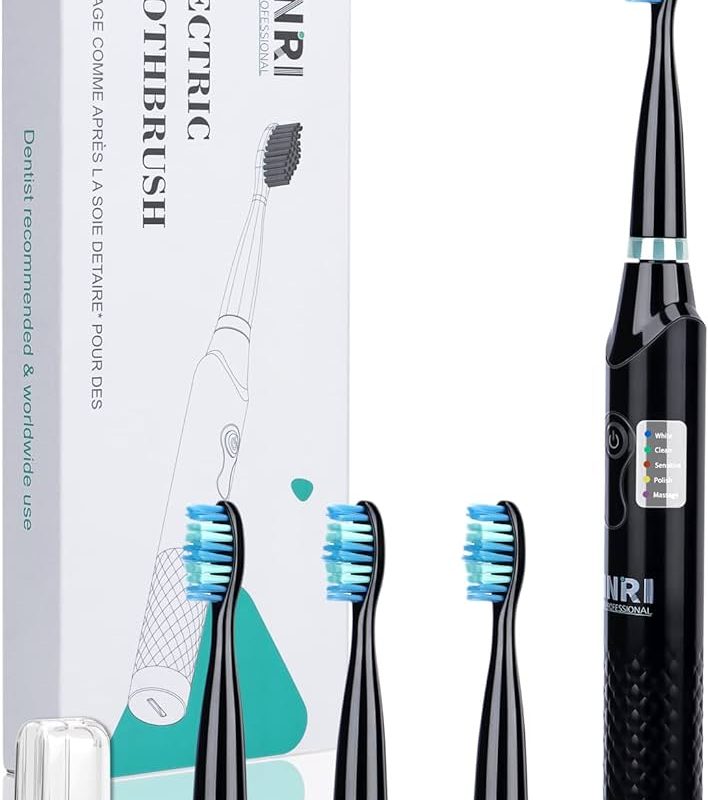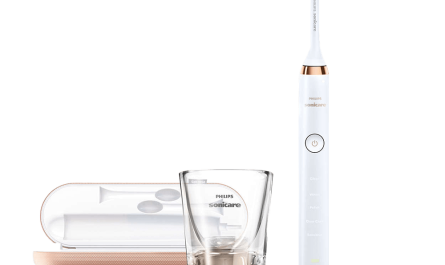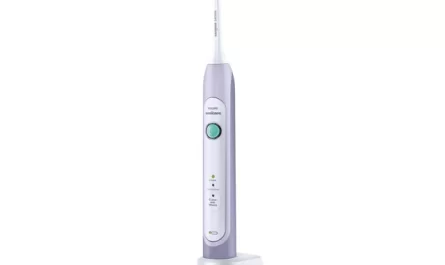Introduction:
Many people use electric toothbrushes for their convenience and efficacy in maintaining oral hygiene. However, concerns often arise about whether these devices can damage the gums. Understanding the potential risks and proper usage can help mitigate these concerns. This comprehensive guide explores how electric toothbrushes might impact your gums, the signs of gum damage, best practices for safe use, and tips for maintaining optimal oral health.
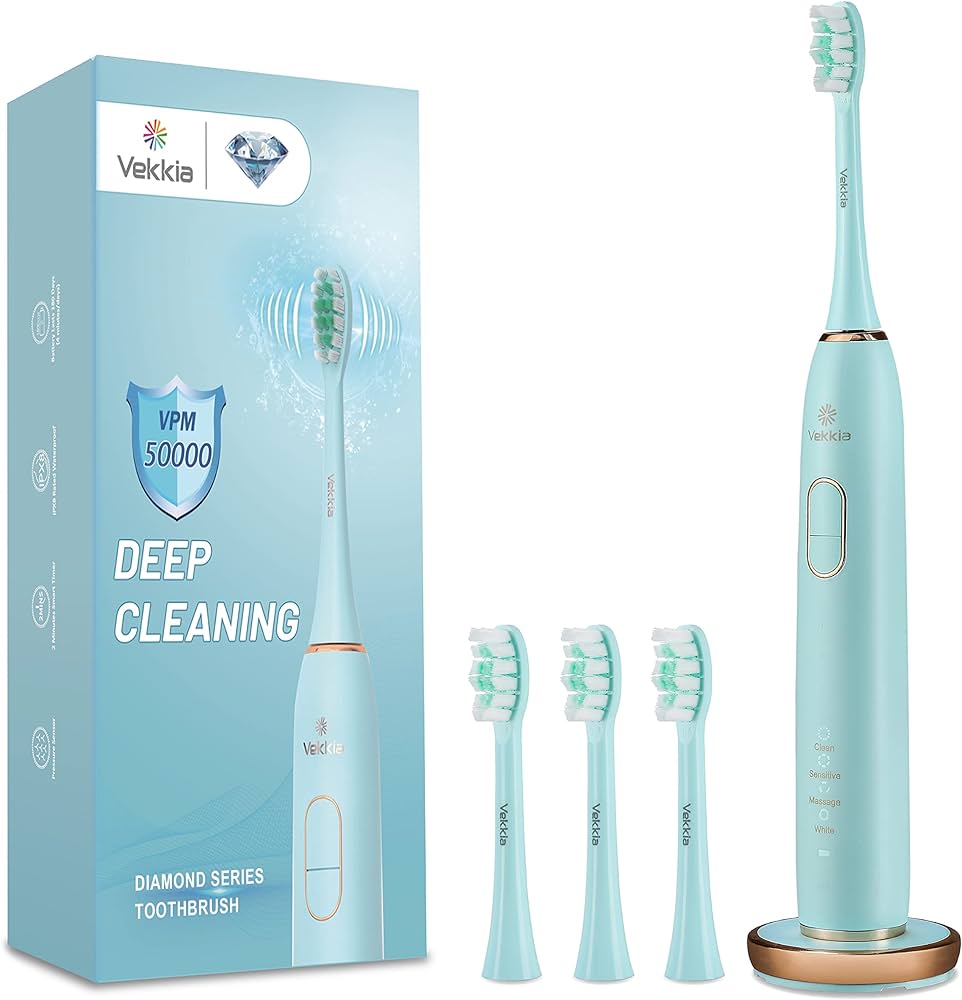
Can an Electric Toothbrush Damage Gums?
Understanding How Electric Toothbrushes Work
Electric toothbrushes offer enhanced cleaning capabilities through automated brushing motions, making them a popular choice for effective oral hygiene.
Oscillating and Rotating Motion: Many electric toothbrushes use oscillating (side-to-side) and rotating (circular) movements to remove plaque and debris more efficiently than manual brushing. This action can reach areas that are difficult to clean, such as the gumline and between teeth.
Sonic and Ultrasonic Technology: Some advanced electric toothbrushes use sonic or ultrasonic technology, creating high-frequency vibrations that produce dynamic fluid action. This helps dislodge plaque and particles more effectively.
Consistent Pressure and Speed: Electric toothbrushes maintain consistent pressure and speed, reducing the likelihood of vigorous brushing, which can contribute to gum recession and enamel wear.
Timer and Pressure Sensors: Many models are equipped with timers to ensure brushing for the recommended two minutes, and pressure sensors to alert users if they are brushing too hard, thereby protecting their gums.
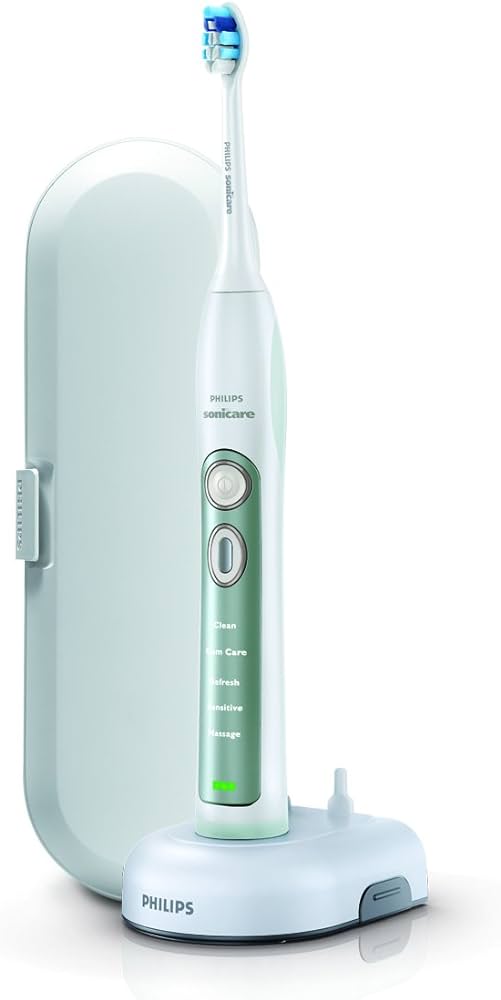
Potential Risks of Electric Toothbrushes to Gums
While electric toothbrushes generally enhance oral hygiene, improper use can pose risks to the gums. Understanding these risks is crucial to mitigate them effectively.
Excessive Pressure: Applying too much pressure with an electric toothbrush can lead to gum abrasion and recession. This damages the delicate gingival tissue, making it more susceptible to infection and inflammation.
Aggressive Brushing Technique: Even with an electric toothbrush, using an overly aggressive brushing technique can cause trauma to both the gums and teeth. This can result in irritation, swelling, and bleeding gums.
Inappropriate Brush Head: Using a brush head with hard bristles or one that is not specifically designed for delicate gums can increase the risk of damage. Hard bristles can irritate or tear the gum tissue.
Prolonged Use Incorrectly: Exposing gums to prolonged or incorrect brushing motions, without giving them time to recover, can exacerbate any minor damage caused, leading to chronic issues over time.
Signs of Gum Damage from Electric Toothbrush Use
Being able to recognize the signs of gum damage early allows you to adjust your brushing technique and seek professional advice if needed.
Bleeding Gums: One of the most common signs of gum damage is bleeding during or after brushing. While occasional bleeding can be normal, consistent bleeding suggests trauma or irritation.
Swollen and Red Gums: Inflammation characterized by redness and swelling indicates that the gums are irritated or infected. This can be due to excessive brushing pressure or aggressive technique.
Receding Gumline: If you notice that your gums are pulling away from your teeth, creating visible pockets or longer-looking teeth, this may indicate gum recession. This condition exposes more of the tooth and its root, making them susceptible to cavities and sensitivity.
Gum Pain or Sensitivity: Experiencing pain or sensitivity in your gums while brushing or flossing is a warning sign of potential damage. Tenderness around the gumline warrants a review of your brushing habits.
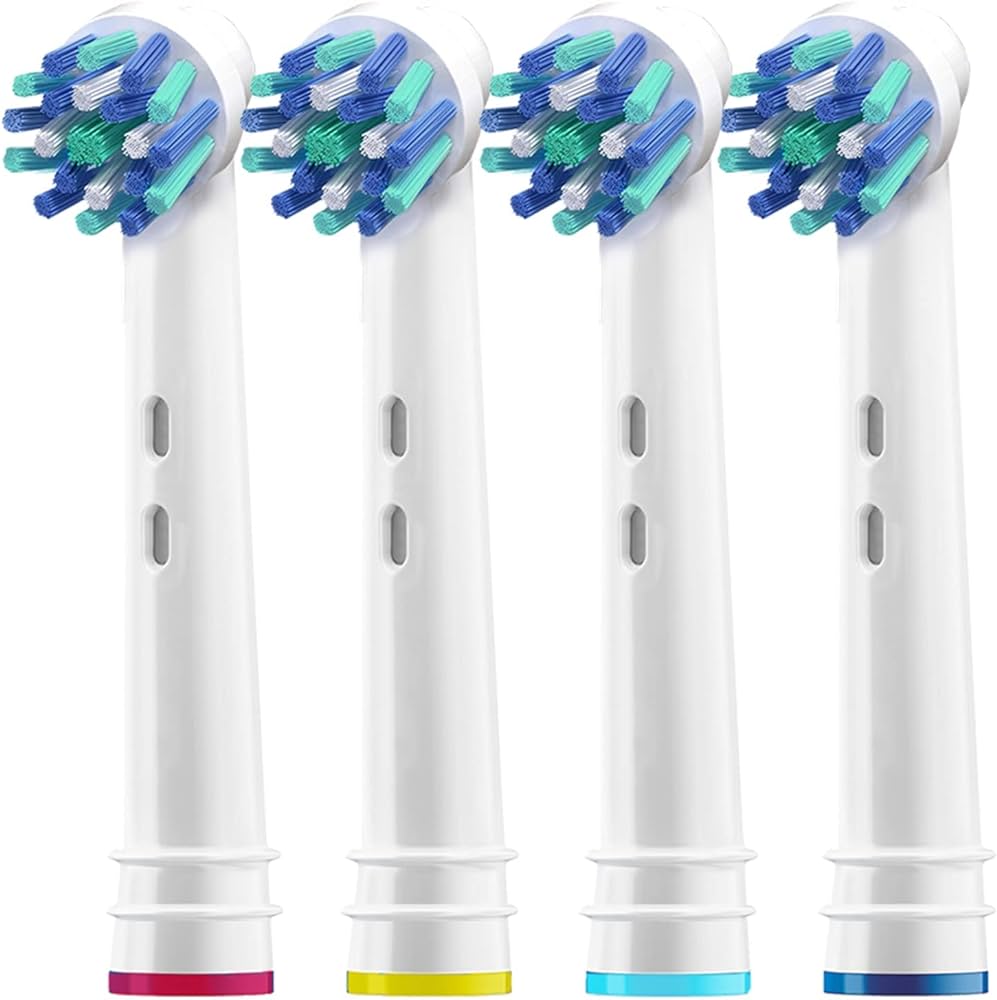
Best Practices for Safe Electric Toothbrush Use
Implementing best practices when using an electric toothbrush ensures effective cleaning while protecting your gums from damage.
Use a Soft-Bristled Brush Head: Select a brush head with soft bristles, which are gentle on gums and enamel. Many electric toothbrushes offer a variety of brush heads designed for sensitive gums.
Apply Gentle Pressure: Allow the electric toothbrush to do the work. Hold the brush lightly against your teeth and gums, letting the vibrations or oscillations clean the surface without applying heavy pressure.
Follow a Proper Brushing Technique: Move the brush head slowly along the gumline and across each tooth. Avoid scrubbing vigorously; instead, guide the brush in gentle, circular motions or follow the recommended pattern provided by the toothbrush manufacturer.
Utilize Built-in Timers and Sensors: Take advantage of built-in timers to ensure you brush for the recommended two minutes. Pay attention to pressure sensors that alert you to ease off if you’re brushing too hard.
Maintain Regular Dental Visits: Consult your dentist regularly to monitor your oral health and discuss your brushing technique. Your dentist can provide personalized advice and adjustments to your brushing routine if necessary.
Tips for Maintaining Optimal Gum Health
Beyond using your electric toothbrush correctly, there are additional steps you can take to maintain healthy gums and overall oral hygiene.
Floss Daily: Flossing removes plaque and food particles from between your teeth and below the gumline, areas that your toothbrush may not reach. Incorporate daily flossing into your oral care routine for comprehensive cleaning.
Use Antimicrobial Mouthwash: An antimicrobial mouthwash can help reduce plaque and gingivitis, providing an additional layer of protection against gum disease.
Stay Hydrated: Drinking plenty of water helps keep your mouth moist and wash away food particles and bacteria, supporting overall oral health.
Maintain a Balanced Diet: A diet rich in vitamins and minerals, particularly Vitamin C and calcium, supports gum health. Avoid excessive sugar intake, which contributes to plaque formation and gum disease.
Avoid Tobacco Products: Tobacco use is a significant risk factor for gum disease. Quitting smoking or using tobacco products can drastically improve your oral and overall health.
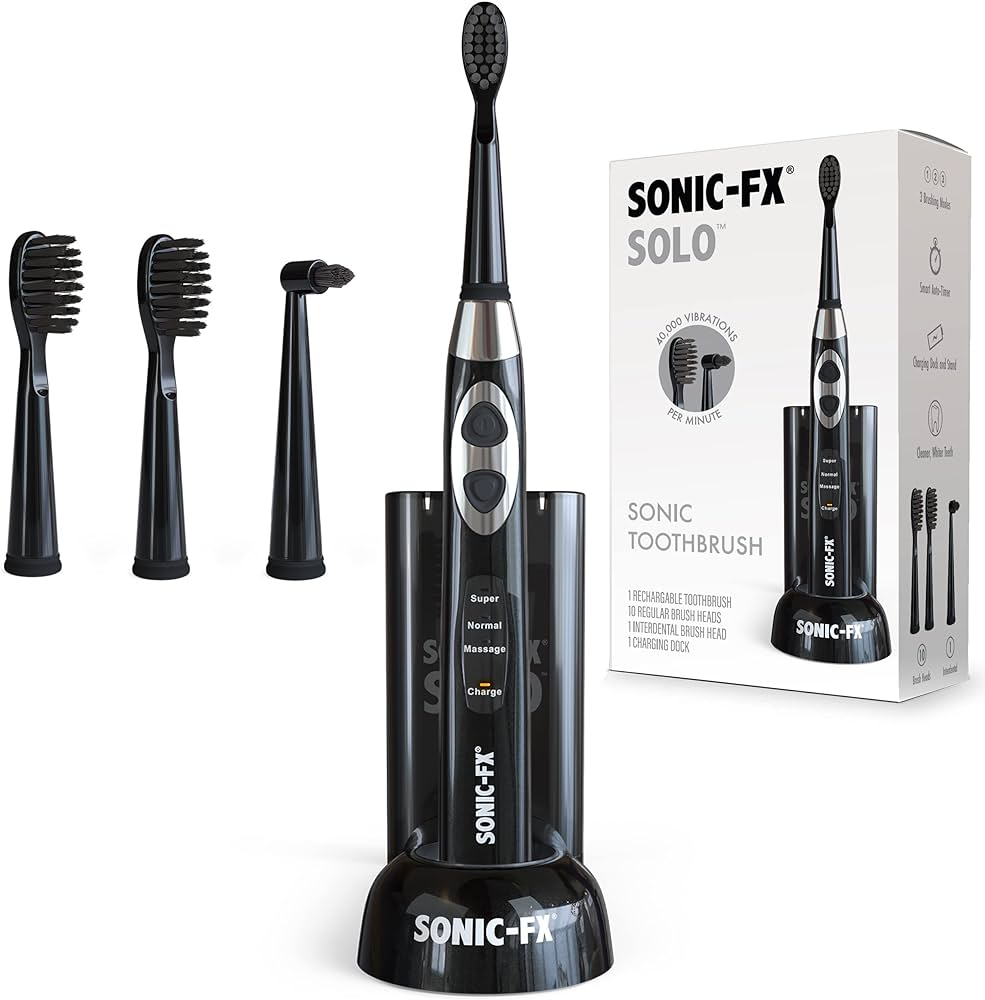
Debunking Myths About Electric Toothbrushes and Gums
Addressing common misconceptions can provide clarity and reassurance about the safety and benefits of electric toothbrushes.
Myth: Electric Toothbrushes Are Always Harsh on Gums: Fact: When used correctly, electric toothbrushes are not harsh on gums. They can be gentler than manual toothbrushes, especially models with soft bristles and pressure sensors.
Myth: All Brush Heads Are the Same: Fact: Brush heads vary significantly in bristle softness, size, and design. Choosing the right brush head tailored to your gum sensitivity and dental needs is crucial for safe and effective use.
Myth: Longer Brushing Is Always Better: Fact: Brushing for more than the recommended two minutes doesn’t necessarily improve oral hygiene and can increase the risk of gum damage, particularly if done aggressively.
Myth: Electric Toothbrushes Are Only for Adults: Fact: Electric toothbrushes come in models specifically designed for children, with features like softer bristles, smaller heads, and engaging designs to promote good brushing habits.
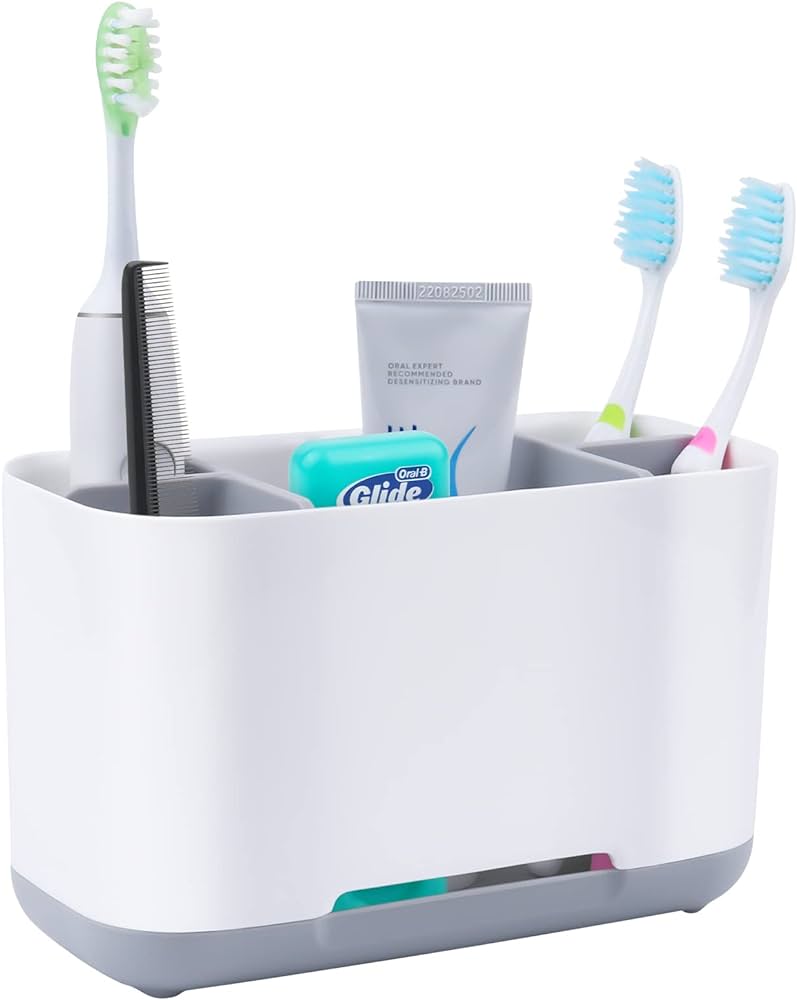
When to Seek Professional Advice
Despite best practices, if you experience persistent issues with your gums, consulting a dental professional is essential.
Consistent Bleeding or Pain: If your gums consistently bleed or are painful despite gentle brushing, seek professional evaluation to rule out underlying conditions like gum disease or other oral health issues.
Visible Gum Recession: Observing visible signs of gum recession warrants a visit to the dentist. Timely intervention can prevent further damage and implement corrective measures.
Ineffective Oral Hygiene: If you find that your electric toothbrush isn’t effectively cleaning your teeth or gums, a dentist can recommend alternative brushing techniques or tools that might be more suitable.
Customizing Your Oral Care Routine: A dental professional can help customize your oral care routine based on specific needs, ensuring you maintain both healthy gums and teeth.
Conclusion
An electric toothbrush can be a valuable tool for maintaining optimal oral hygiene, provided it is used correctly. While there are potential risks of gum damage from improper use, following best practices and recognizing the signs of gum distress can prevent adverse effects. By understanding how to use an electric toothbrush safely and maintaining comprehensive oral care habits, you can enjoy the benefits of enhanced cleaning and healthier gums. This comprehensive guide ensures you have the knowledge to use your electric toothbrush effectively, promoting long-term oral health and wellness.

